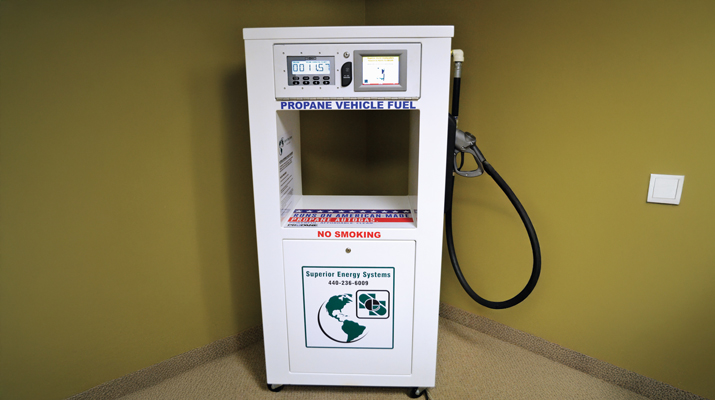Defending the promising ag market
In response to his July article “All customers don’t offer equal value,” I agree wholeheartedly with LP Gas business columnist Carl Hughes that in his hypothetical residential vs. agriculture scenario all customers do not offer equal value. In fact, I would suggest that any time a business slashes margins by more than 58 percent for similar volumes – as Mr. Hughes implies happens with agricultural customers – then equitable profits and business value are unrealistic expectations.
Unfortunately, the author’s example may lead to propane marketers ignoring the agriculture market as potential customers for propane. Unlike this view, the Propane Education & Research Council believes the agriculture market holds great promise for increased propane use and would like to share some of our recent findings related to the potential for increased propane use in agriculture.
Great Potential
On the bright side, there is current and future potential for propane consumption in the agricultural marketplace. In reality, there are propane marketers making extremely good profit from agriculture while increasing the value of their business.
According to research funded by the propane industry through PERC and conducted last January by Osborn & Barr Communications, the average farm with at least one propane tank on the property spends $4,285 annually on propane. Nine percent of the agriculture market reported spending over $10,000 per year on propane.
The top agriculture consumers by category were poultry producers, averaging $12,021 per year; swine producers at $5,545 per year; and corn and soybean producers at $5,072 per year. Regardless of the type of agricultural producer, when translating these annual expenditures to gallons, the average annual consumption of propane is far greater than the 1,200 gallons used in Mr. Hughes’ example.
We also learned through focus groups with propane marketers that it is not necessarily a given that propane is heavily discounted to the agricultural customer. In several areas, including downstate Illinois and Nebraska, propane is sold to agricultural customers at residential pricing.
Several propane marketers pointed out that when they experienced a lower margin business in agriculture it was the result of propane marketer-to-marketer competition, rather than competition between propane and alternative energy sources.
Use and Access
Notable points from these research efforts indicate that propane is currently used on 79 percent of farms. Another 10 percent of farms indicated that propane is available but they do not use it. Combined, 89 percent of farms are either current or potential customers for propane marketers. In contrast, only 29 percent of these agriculture producers reported having access to natural gas as an energy source.
Agriculture uses of propane vary from powering water pumps to operating flame cultivators. Among the most widely accepted uses are grain drying, heating livestock buildings, and heating workshops or garages.
Research also identified residential heating as the most consistent use of propane by agriculture customers. Rather than viewing agriculture customers as totally foreign to the residential market, marketers should view them as residential customers with additional business uses for propane.
Future Potential
A unique combination of improved technology and cleaner emission standards for off-road vehicles are positioning propane as a clean-burning alternative to other fuels.
PERC-funded research has developed a clean-burning 74 hp tractor engine that has been mounted on a John Deere 5410 tractor. Although the tractor is not yet commercially available, the clean-burning engine operates at significantly lower emission of nitrogen oxides and particulate matter when compared to diesel.
Other research projects include improved thermal cultivators for weed and nematode control, crop defoliation equipment, and propane refrigeration for agricultural applications.
PERC’s Agriculture Advisory Committee is committed to developing advanced technology engines for agriculture, and supports investing in additional technologies aimed to increase off-season demand for propane. Identifying niche markets such as organic farming, and positioning propane technologies to meet the unique needs of these markets is also a priority.
The committee believes that agricultural producers are searching for business partners, such as propane marketers, to help them continue to increase the productivity and efficiency of their farm businesses. As new technologies are developed, an even greater opportunity will present itself to convert many of the current energy sources used on farms to propane, which will only further increase propane sales to this market segment.
The propane industry recognizes the importance of the agriculture market, which accounts for 10 percent of total propane sales. The Propane Education and Research Act highlights the important role of propane in agriculture and requires that PERC devote at least 5 percent of its budget toward programs and projects that benefit the U.S. agriculture industry.
Further details about propane use in agriculture are on the PERC website at www.propanecouncil.org.
Mark Leitman is the agriculture programs manager on the Propane Education & Research Council staff.
















